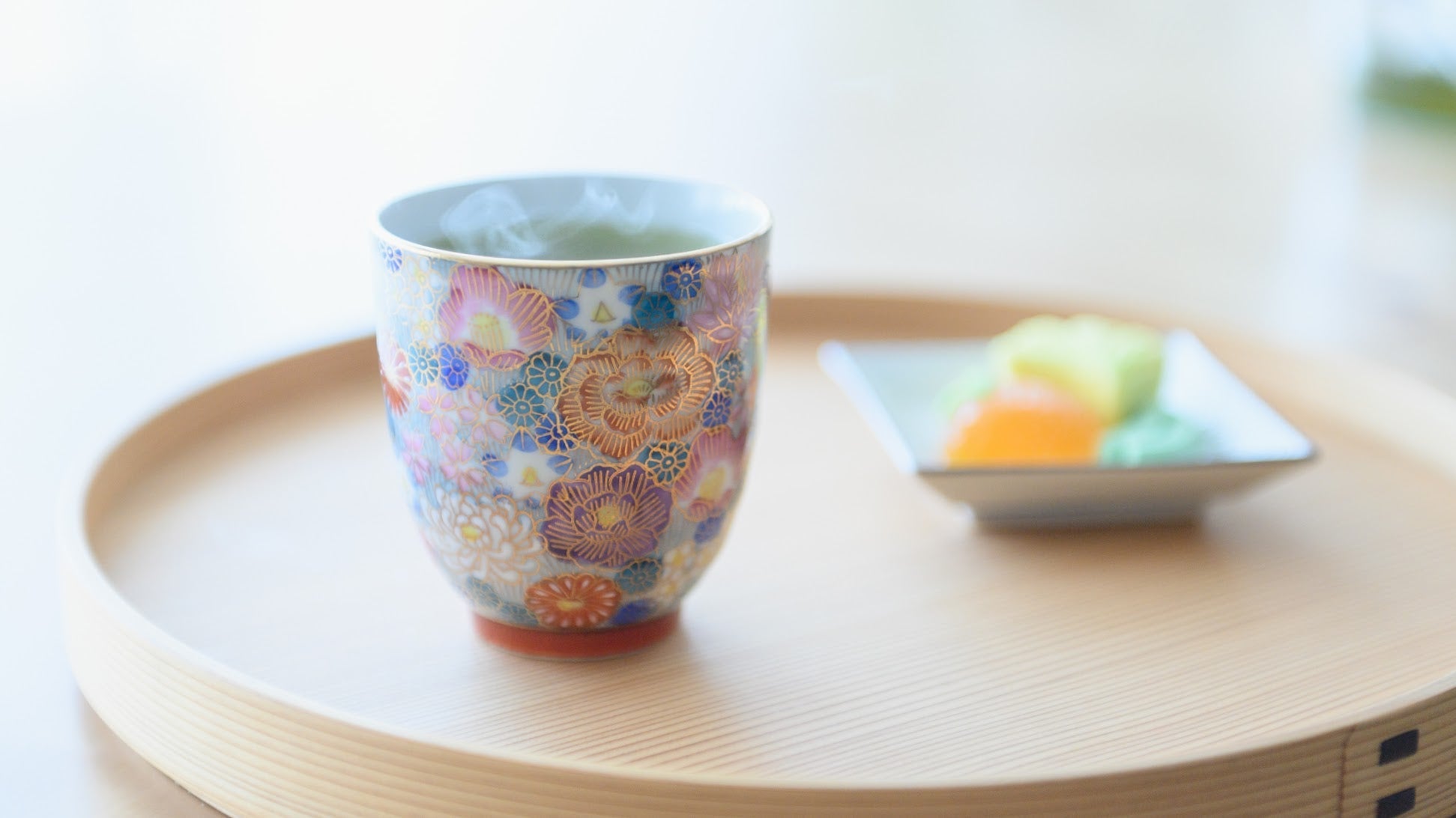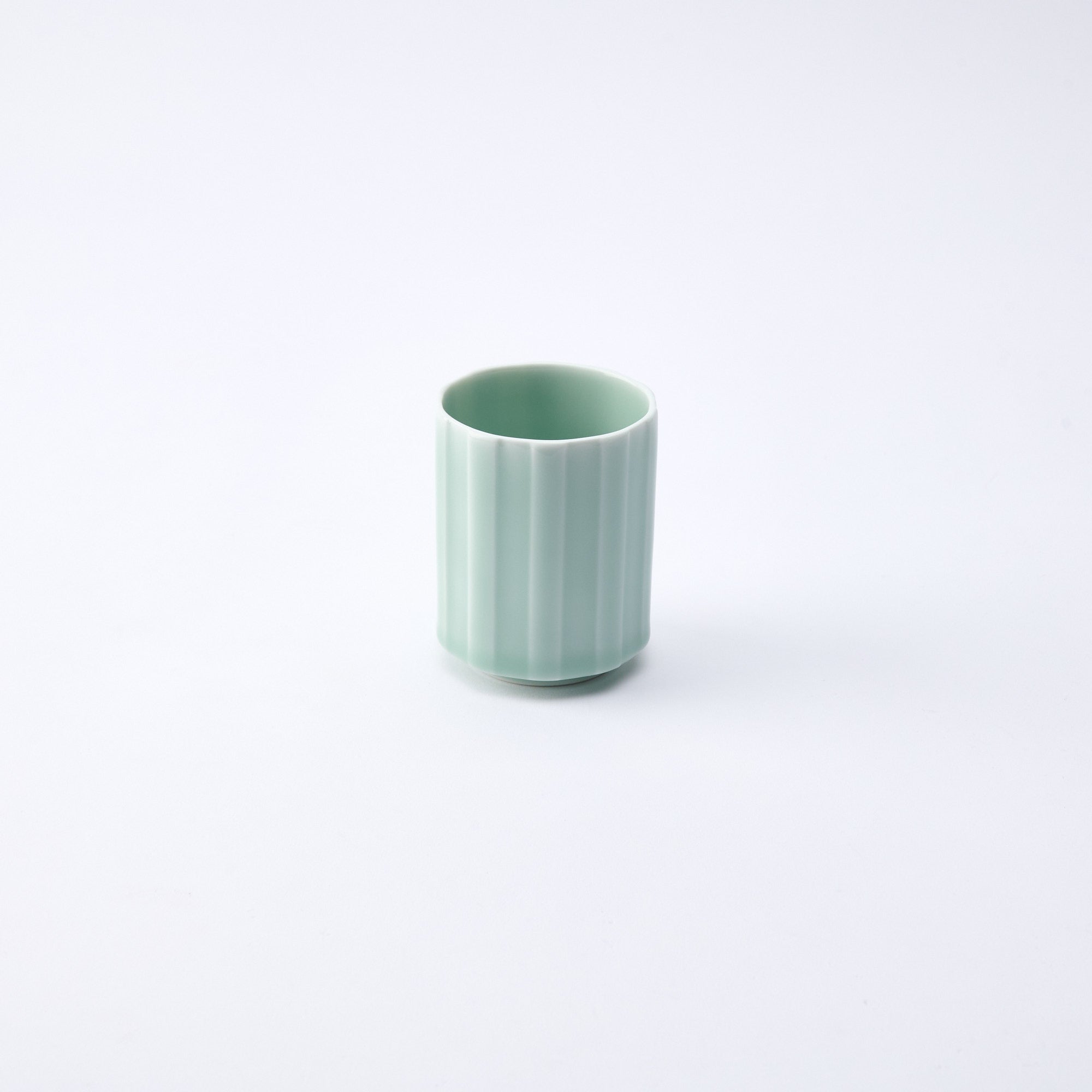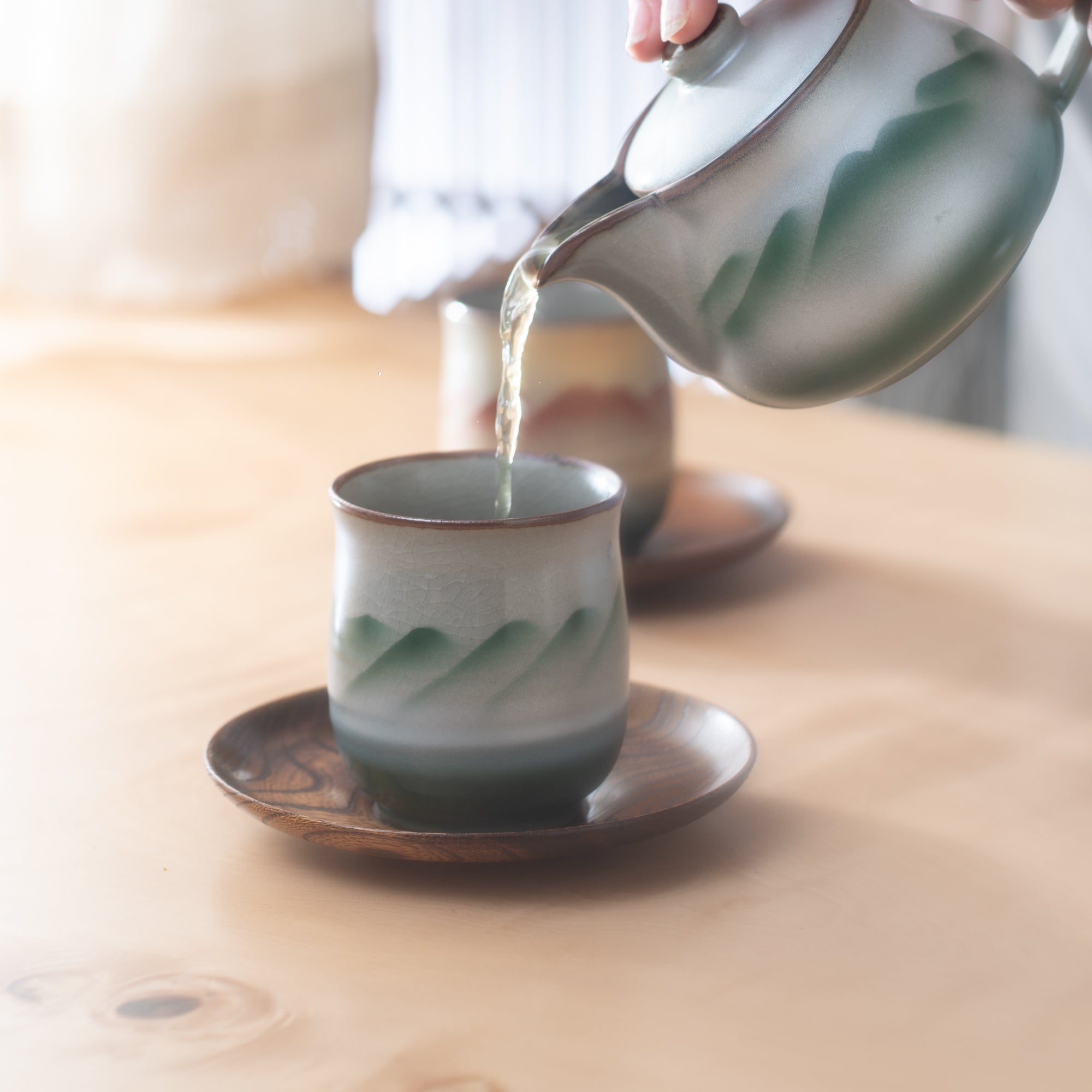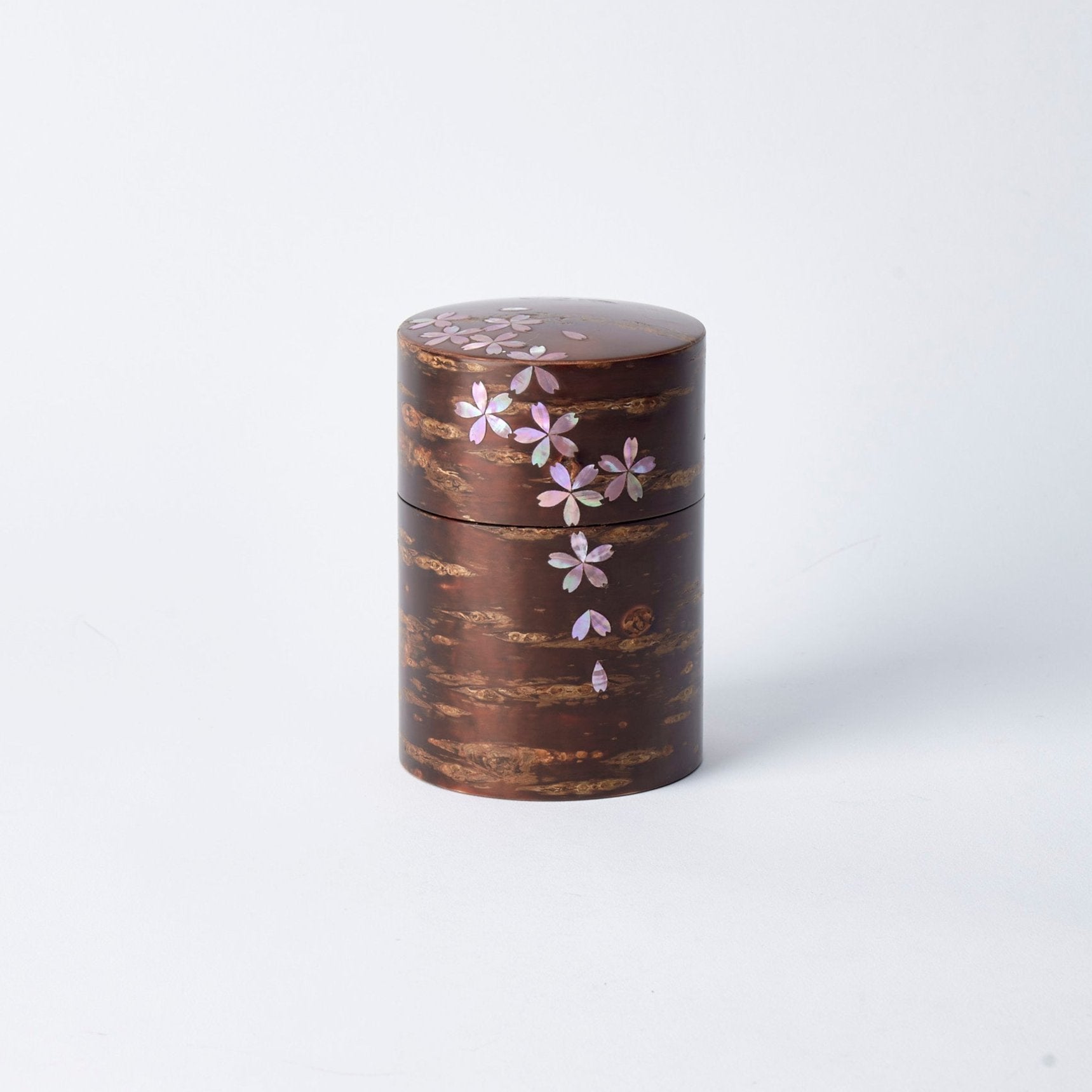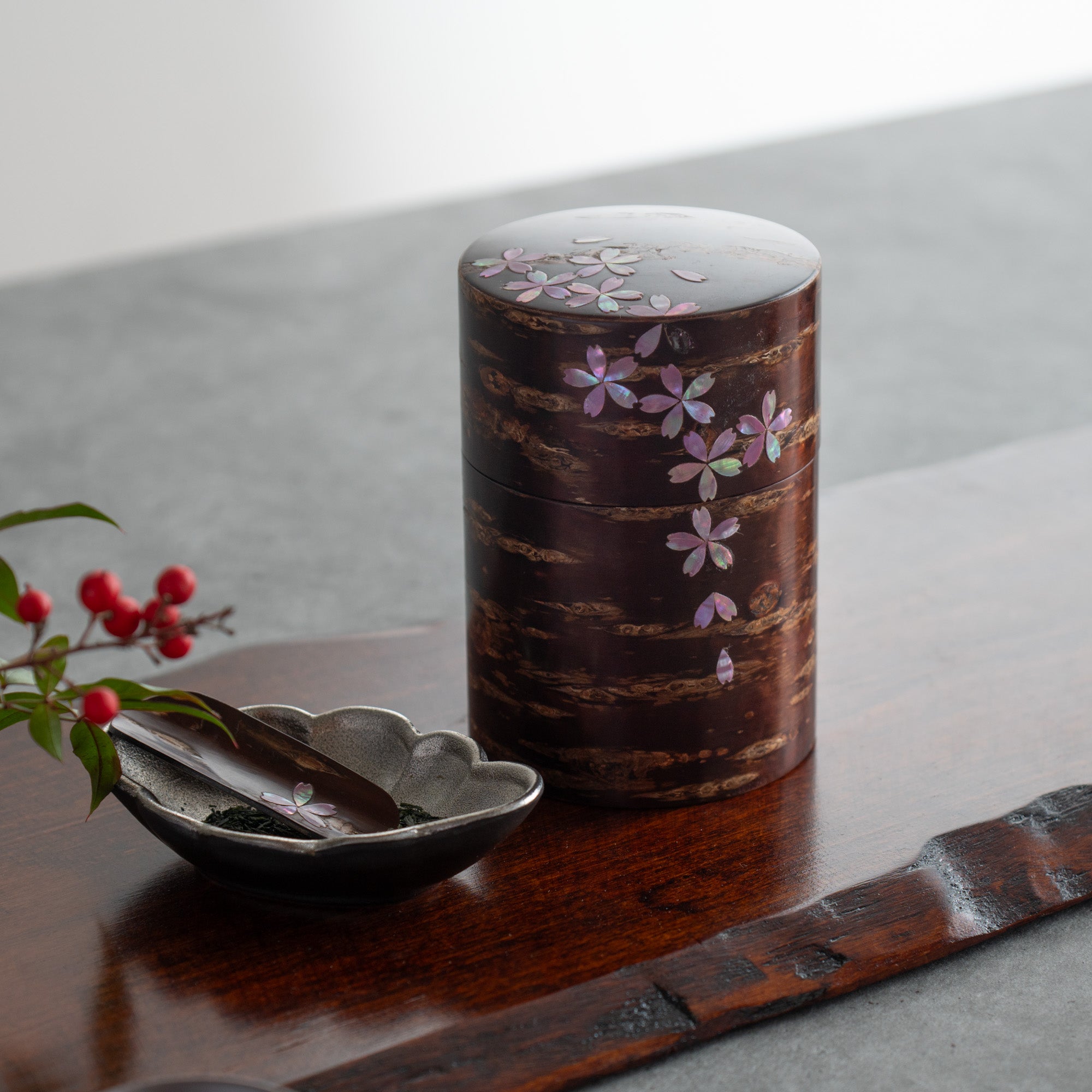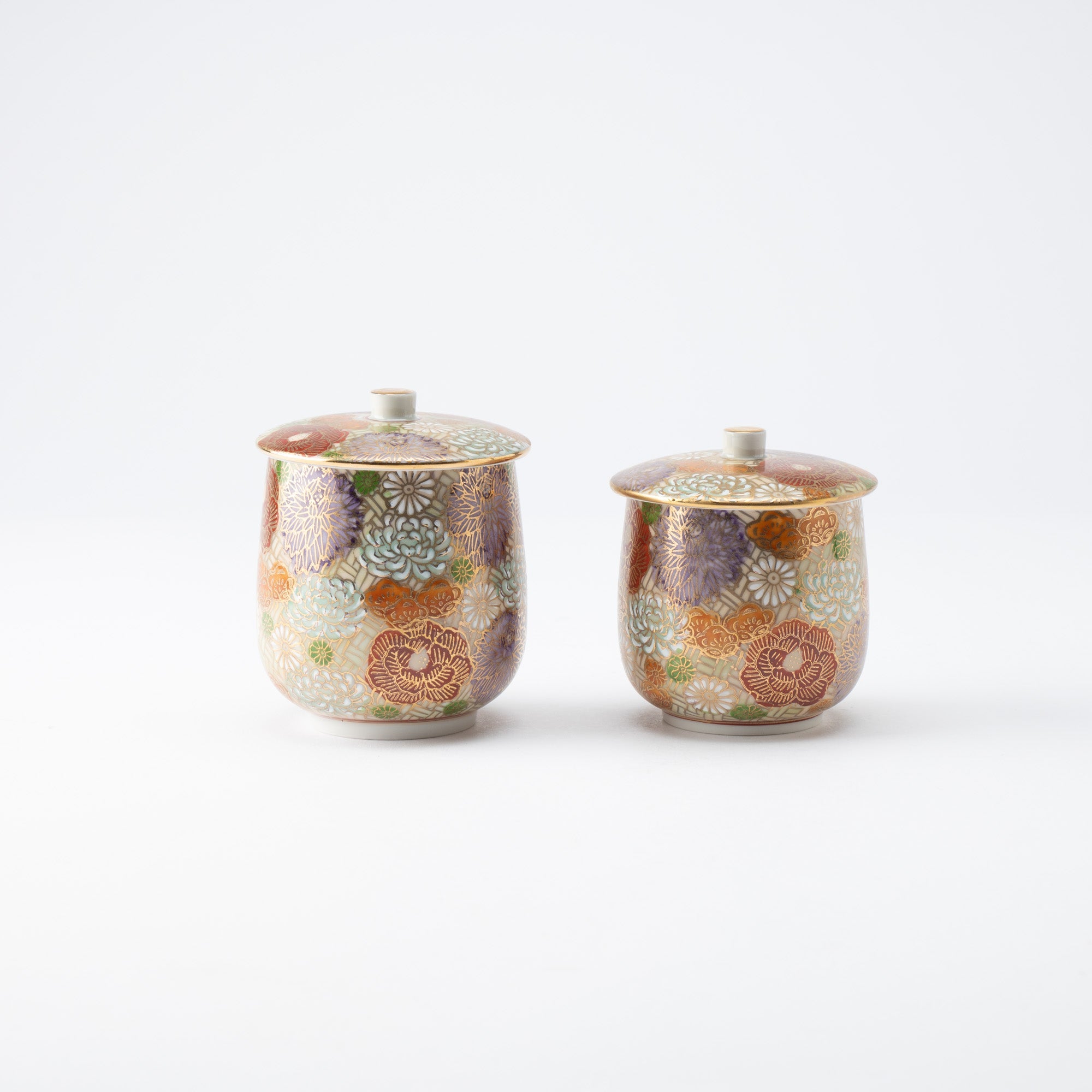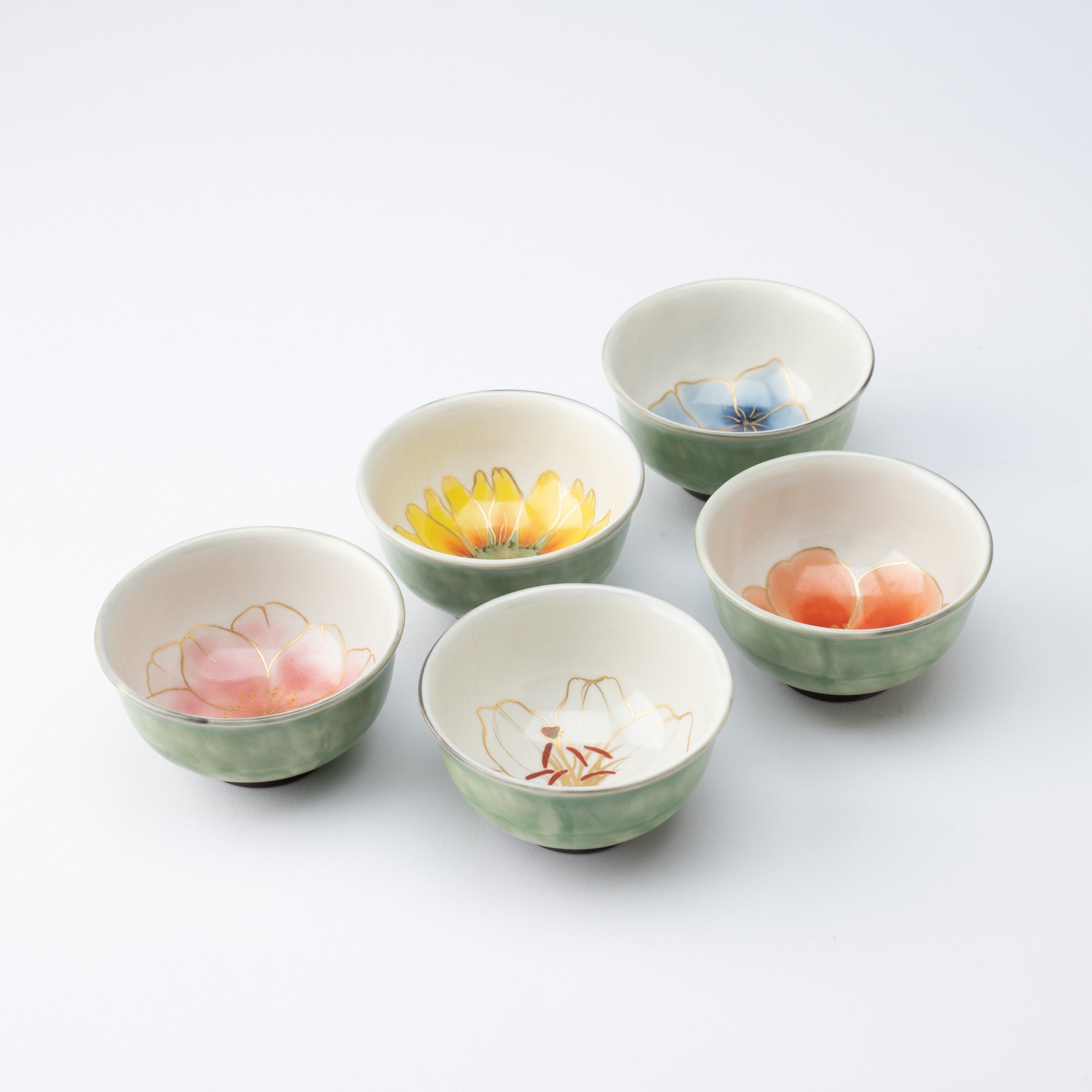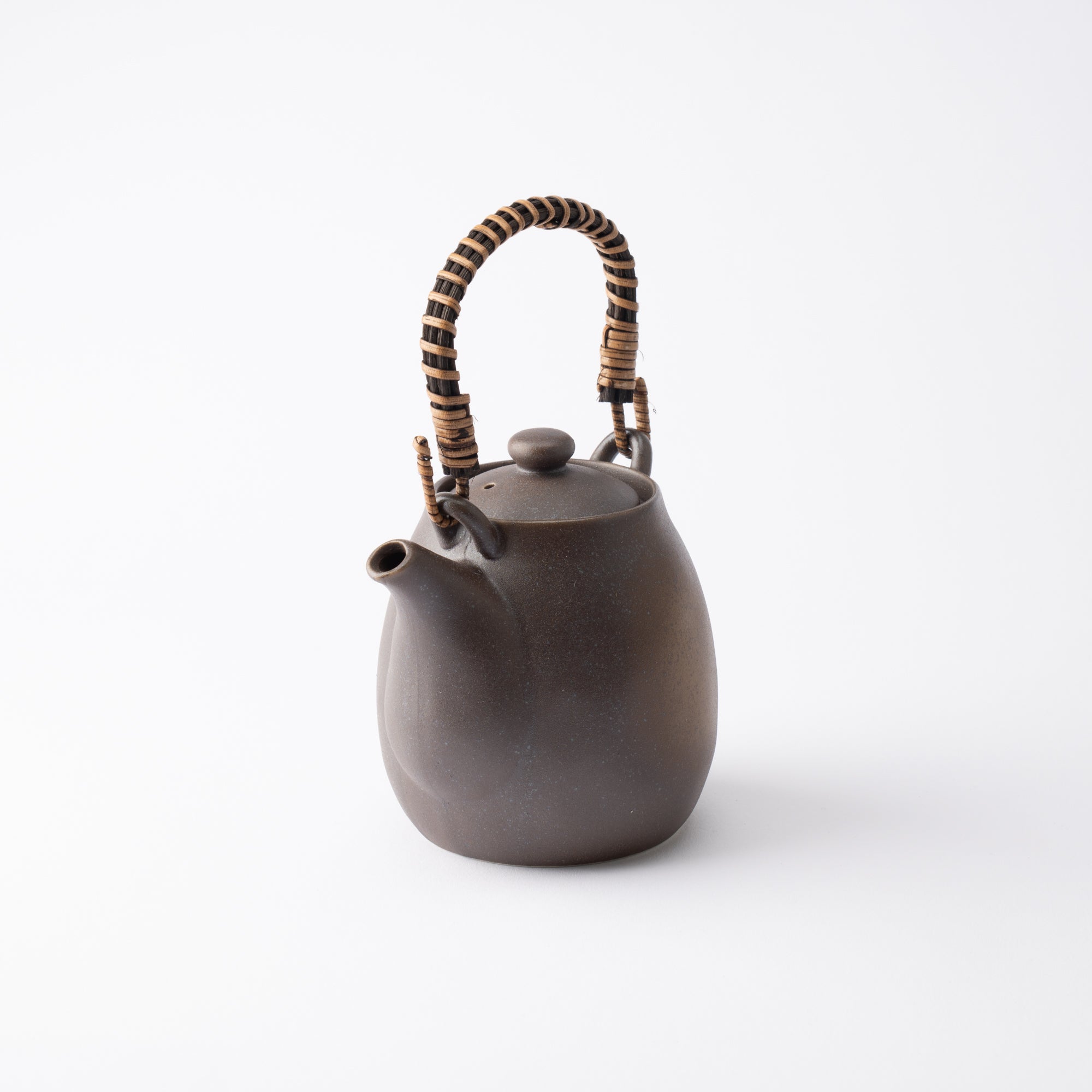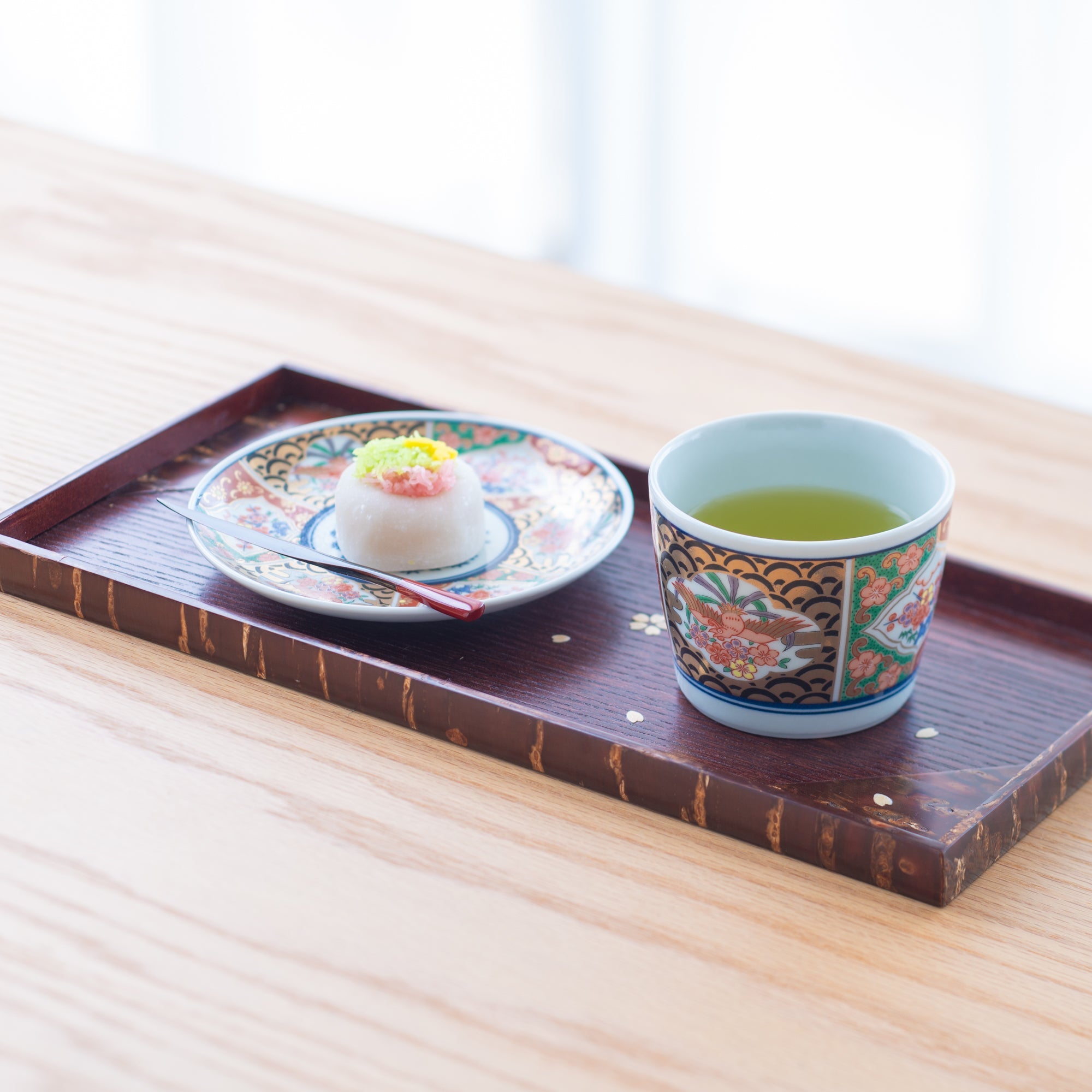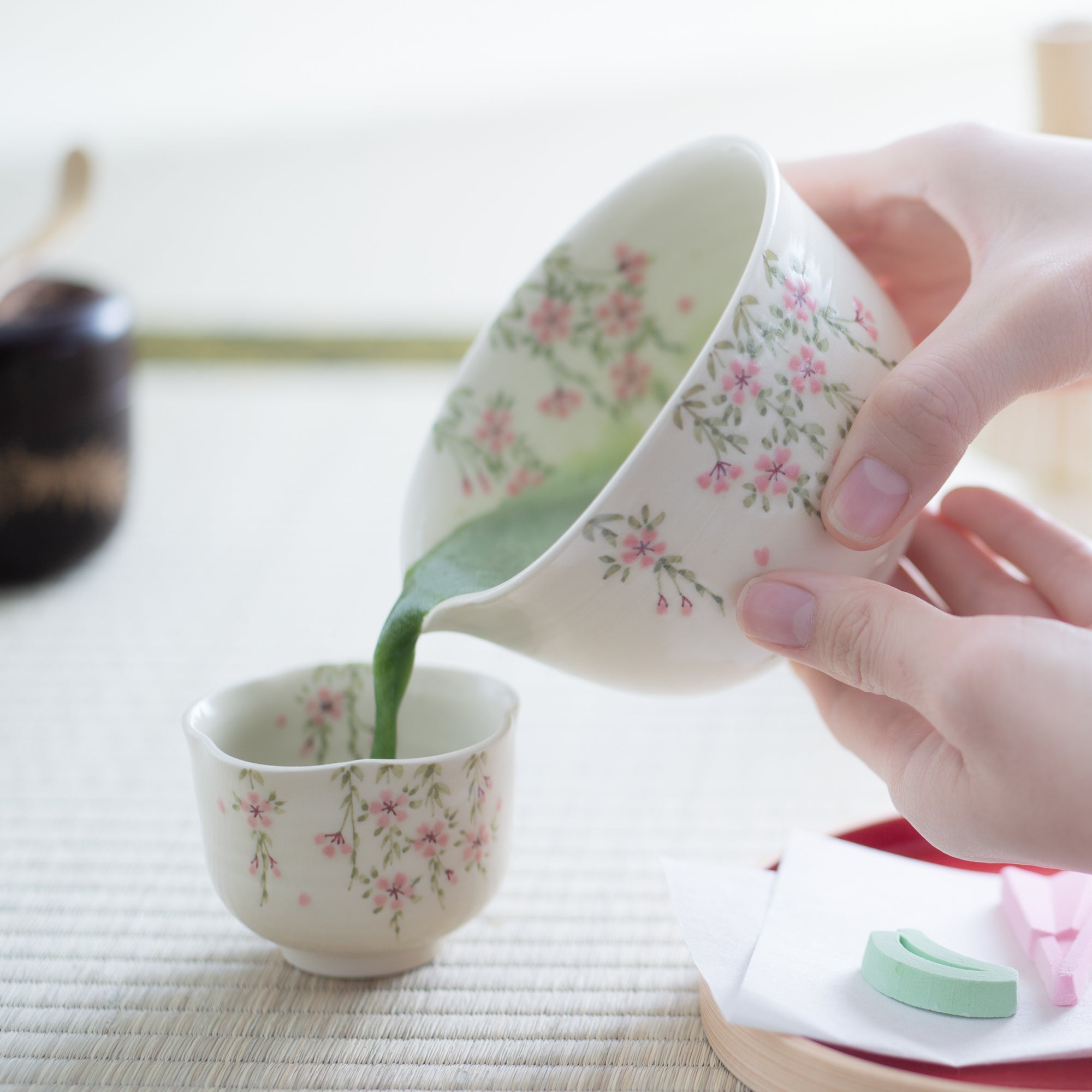
Japanese Teaware
In Japan, various types of tea are produced mainly in warm regions, along with teapots and teacups, each suited to specific tea types.
For teas like bancha and hojicha, cylindrical or thick teacups are ideal to retain heat. For gyokuro and sencha, small, thin teacups or wide kumi-dashi cups enhance the aroma and color.
Explore our selection of tea sets to enjoy the delicate flavors of Japanese tea.
Related posts
Filters
How to brew flavorful Japanese tea
Key Points
- Lower the temperature of the hot water suitable for tea brewing.
- Warm the teacups.
- Do not overfill the teapot with hot water.
- Pour the tea evenly into the each teacup by taking turns pouring a small amount into each cup.

First, prepare a teapot and a teacup for each person.

Pour the boiling water into all of the teacups.

Put the tea leaves into the teapot.
The standard amount of tea leaves is one teaspoon for each person.

Pour all the hot water from the teacups into the teapot and wait for about a minute.

Pour the tea into the teacups, gradually and evenly, by going one teacup to another three or four times, rather than pouring all the tea into each teacup at once.

Enjoy the flavourful Japanese tea!
By pouring boiling water into a teacup instead of directly into the teapot, the temperature of the hot water is lowered, making it suitable for brewing tea.
This will also help you measure the optimal amount of hot water and keep the teacup warm. When pouring tea from the teapot, divide the tea into several portions and pour it into the teacup to evenly distribute the flavor of the extracted tea. It is important to choose the right-sized teapot that matches the number of people being served,
The last drop of tea is called the golden drop and is said to be especially rich in aroma. In addition, by pouring out the tea exactly, no excess extraction occurs in the teapot while you are drinking the tea, so you can maintain the flavor of the tea even when you enjoy it a second or third time by adding hot water.





